
Since 2014, the voracious Los Angeles art dealer David Kordansky has helmed his fast-growing operation from a 12,705-square-foot former martial arts studio on South La Brea Avenue. Kordansky started the gallery in 2003 in a Chinatown storefront and had already moved once before, to a pair of buildings in Culver City, when the then-eleven-year-old enterprise settled into its current Mid-Wilshire location. The space, which is divided into two nearly-identical white cube galleries, was designed by Kulapat Yantrasast of architecture firm wHY—an artworld favorite known for his skillful renovations that deftly manipulate light and volume—and over its tenure has hosted some of the city’s most engaging exhibitions. Six years later, Kordansky, now 43, has found himself in command of a multi-generational program of mostly LA-based artists whose real relevance is just beginning to come into view and the gallerist is taking the opportunity to expand, yet again.
This time, he will grow his compound to fill an entire city block. Two years ago, Kordansky reunited with Yantrasast, his friend and trusted collaborator, to envision the development, which annexes and renovates two existing buildings and erects a third from scratch, enclosing a newly formed central courtyard in a series of structures that double the gallery’s square footage and provide new space not just for exhibitions, but for storage, performances and screenings. The recently completed addition opened on Saturday, September 19, for thirty-minute viewing periods; visitors must make a reservation on the gallery’s website and heed all of the now-canonical COVID precautions. Upon arrival, one is greeted by two large scale outdoor sculptures by Rashid Johnson and Will Boone that inaugurate the courtyard. Just beyond them, a show by the painter Linda Stark, the artist’s first at the gallery, concurrently initiates the new exhibition spaces. The show, aptly titled “Hearts,” brings together fourteen drawings and nine oil-on-panel pictures that formally and conceptually investigate the organ, through the symbols and icons we make of it. At 64, Stark, who is a recent addition to the roster, has mastered the uncanny combination of fanciful wit and straightforward sobriety that structure her painting’s wry beauty. With that appears a matching fresh grasp on her materials and methods; Stark has pulled off her most alluring, and even addictive, images to date, each swathed in sumptuous color and many accented with a striking aortic red. The visual immediacy and apparent simplicity of Stark’s pictures conceal and invert the careful and extensive work that goes into their production. With a mischief, mystery and meticulousness perhaps matched only in samizdat—the handwritten copies made of censored books by individuals living under the Soviet Union’s oppressive censorship—Stark’s practice appears propelled by the same slow and poetic urgency to metabolize the world in images.
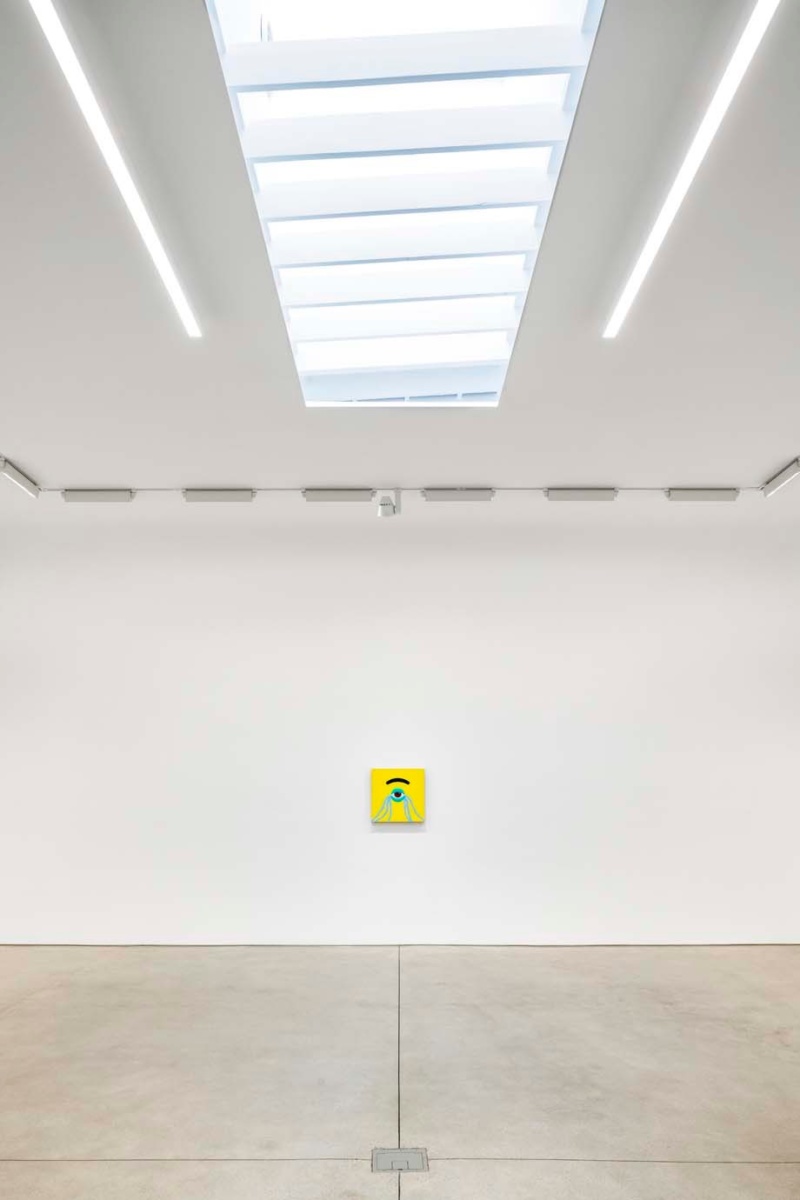
On view simultaneously, across the campus, however, Lesley Vance’s rich bodily abstractions are more than up to the task. The paintings in Vance’s exhibition, “A Zebra Races Counterclockwise,” inject the galleries with an elasticity and agility that seems to expand and contract the apertures between them with rhythmic palpitations. The artist, who is twenty years Stark’s junior, has shown with the gallery since she was included in its inaugural four-person exhibition. One of the gallery’s two shows immediately prior to Vance’s featured bronzes by her husband, the sculptor Ricky Swallow, and the other, a presentation of ceramics by the late great Doyle Lane, was curated by Swallow. I mention this to point out that even as Kordansky’s operation has grown to match, if not rival, the monstrous proportions of other mega-galleries with LA outposts such as Hauser & Wirth and Gagosian, Kordansky has managed to maintain a familiarity and personality that seem to have been scrubbed away in other enterprises of similar size. A quick glance at Kordansky’s list of artists will reveal further entanglements, more couples, friends and collaborators who have bound up their art and lives with each other. Though it’s now entirely cliche to compare a gallery, or any business for that matter, to a family, it’s impossible not to find oneself at least momentarily enamored with the way Kordansky has been able to suffuse his business with loyalty and tenderness.

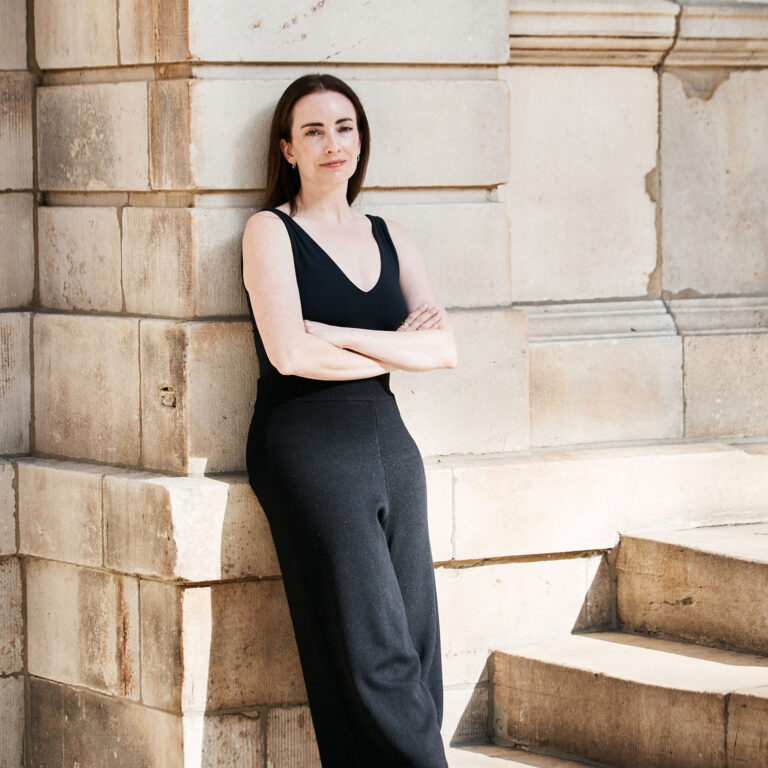

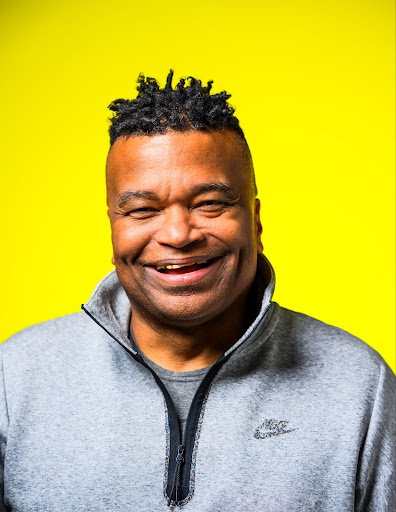
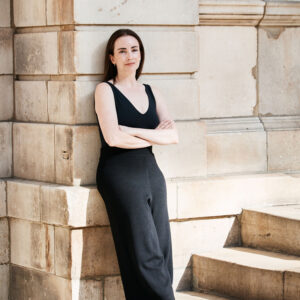

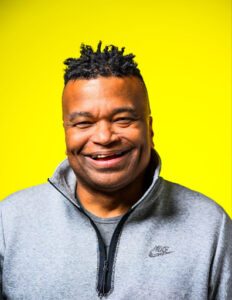



 in your life?
in your life?

